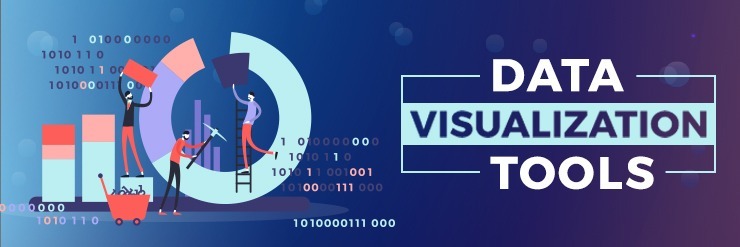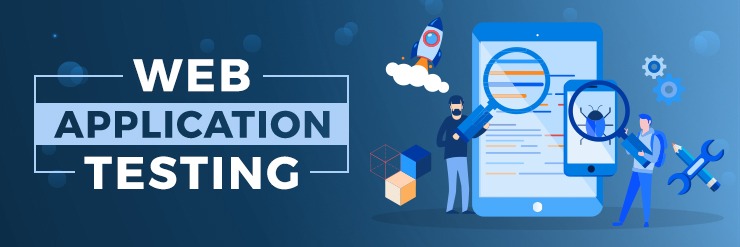The ever-growing number of devices and internet usage has escalated security concerns across the globe. Web security was a part of computers ever since its beginning. However, it evolved with the need of modern times and demands.
More and more individuals and businesses need data and devices 24/7 to support their business growth, client satisfaction, and employee retention. However, the challenge of web security is increasing with the increasing needs of internet and computer systems. Let’s take a look at the evolution of web security.
What is Web Security?
Web security or Cyber protection is an evolution of data protection and cybersecurity approaches that fulfill modern security demands for web pages and applications. Web security focuses on backup, cybersecurity, and endpoint management tools to offer a solution against security risks. That enables individuals and organizations to overcome the threats in case of cyber-attacks efficiently.
Antivirus software or anti-malware is a program built to prevent, detect, and remove malware from the system. Antivirus software and plugins play a significant role in preventing security risks. It protects against several kinds of malware, viruses, and security threats.
What are the Causes of Cybersecurity Threats?
Insufficient prevention measures, lack of security cyber education, weak passwords, Phishing emails, and poor user practices are the most common causes of security risks and successful cyber-attacks for any system and software programs.
The Pre-Virus Phase
The pre-virus phase witnessed the development of an experimental virus. The first-ever virus was Creeper, made to test a software program written in the early seventies. The ‘Creeper system’ was written by Bob Thomas at BBN Technologies.
This virus was not malicious for the computer program. It used to appear in the form of a thread with texts on the screen saying, “I’m the creeper, catch me if you can.”, it was only a test to check if programs could run through computer networks.
Reaper Appeared to Catch the Creeper
The first antivirus spotted was Reaper. was the first antivirus software. Ray Tomlinson created it to move across the ARPANET and delete the on-going Creeper program. Reaper itself was a virus meant to find and delete Creeper.
The Emergence of Web Security
Fast forwarded to the 1990s, several other benchmarks for the evolution of web security were acquired.
- Symantec released its first Norton Antivirus in 1991 in the United States.
- The European Institute for Computer Antivirus Research was established in 1991. It worked for antivirus research and improvement in the development of antivirus software.
- Meanwhile, Jan Gritzbach and Tomáš Hofer founded Grisoft Technologies in the Czech Republic, later known as AVG. AVG released its first Anti-Virus Guard (AVG) in 1992.
- Following this event, Igor Danilov released the first version of Spider Web in 1992, later known as Dr. Web.
The Rise of Next-Gen
The Next Gen cybersecurity trends included some intelligent approaches to address security concerns. It had artificial intelligence and machine learning algorithms to encounter new forms of security threats. Behavioral detection and cloud-based file detonation were two of the latest security tactics. This era appeared as a new phase of innovation and achievement in web security evolution.
A key challenge of antivirus is that it can often slow a computer’s performance. One solution to this was to move the software off the computer and into the cloud. In 2007, Panda Security combined cloud technology with threat intelligence in their antivirus product.
The Evolution on the Rise
Web security kept on evolving with newer and better protection, one behind the other. Operating software security was an innovation in security in this era. The operating system is built with security considerations to provide an extra layer of security. This type of security practice includes performing regular OS patch updates, account security management, installation of updated antivirus software and firewalls.
With the rise of smartphones and other handheld devices, virus preventions developed for Android, iOS, and Windows operating systems.
Interestingly and expectedly, as cybersecurity began to prevent form attacks and malware, the digital criminals expanded the threat span as well. The types and variety of cyberattacks grew alongside.
Multi-vector attacks and social engineering attackers seemed to appear as the new cyber enemies. With attackers becoming smarter, web security practices need to change from limited detection methods to next-generation innovations.
Next-gen web security focuses on innovative ways to ensure protection. It uses different ways to improve attacks and fraud detection of new and unprecedented threats.
- Strong passwords and authentications
- Multi-factor authentication methods
- Network Behavioral Analysis based on anomalies and users’ behavioral changes
- Threat intelligence and automation
- Real-time protection including on-access scanning, auto-protect, and background guard
- Sandboxing by creating an isolated test environment to process a suspicious data or URL
- Backup and preventive security measures
- Web application firewalls (WAF) protect against cross-site counterfeit, cross-site scripting, file inclusion, and SQL injections.
The Alarming Statistics about Web Security Threats and Growing Market Needs
A research study conducted by Deep Instinct revealed that among millions of attempted cyberattacks, malware, on average, has increased by 358% in 2020, whereas ransomware escalated at 435% as compared to 2019.
With the highly increasing requirement for cybersecurity, the market might grow to 403 billion USD by 2027. Moreover, the cybersecurity market is estimated to see a compound annual growth rate of 12.5% within five years.
Key Takeaways
Web security statistics imply an investigative value to point the gaps in the security system to encounter ever-increasing threats and malware trends. With the technology growing massive, the risk is enormous too. The challenge requires the private or essential data into an agile risk management strategy to better protect our systems. The shocking cybersecurity figures are a call to implement a functional risk management system before anything else.
Big companies facing breaches and trust losses, cybercrime is continuously gaining more attention from business owners and industry leaders. Cybercrimes frequently reported that it seems inevitable. With no proper security measures taken, cyber-attacks will likely invade your system or data, leading to irreversible losses.
Due to the high risk and irreversible nature of the loss that any company might encounter in case of cyber-attacks, the web security service providers emphasize prevention and cyber protection. On the other hand, data recovery should be the next big thing for companies to protect their data and other digital assets. Unlike conventional crime, you cannot just find and admonish criminals to recover your loss.
For the best practice in web security, businesses must protect their data and keep their devices as secure as possible with encryption, ant-virus programs, and other cyber-security practices. Since an organization’s data security is of crucial importance, they must focus on learning and deploying the best ways to respond after a security breach occurs. No matter how immense your security system, accidents may take place. The best policy is to ready for it by being as much protection as possible. Every small and large organization must prepare and practice for the disaster recovery response process.
AppVerticals is a professional mobile and web application development company that builds and maintains applications to mark security considerations.







